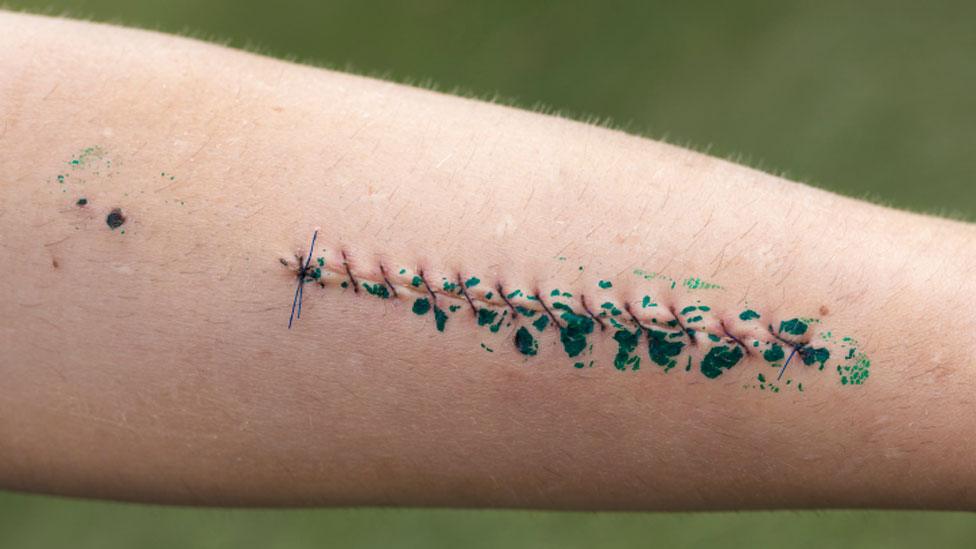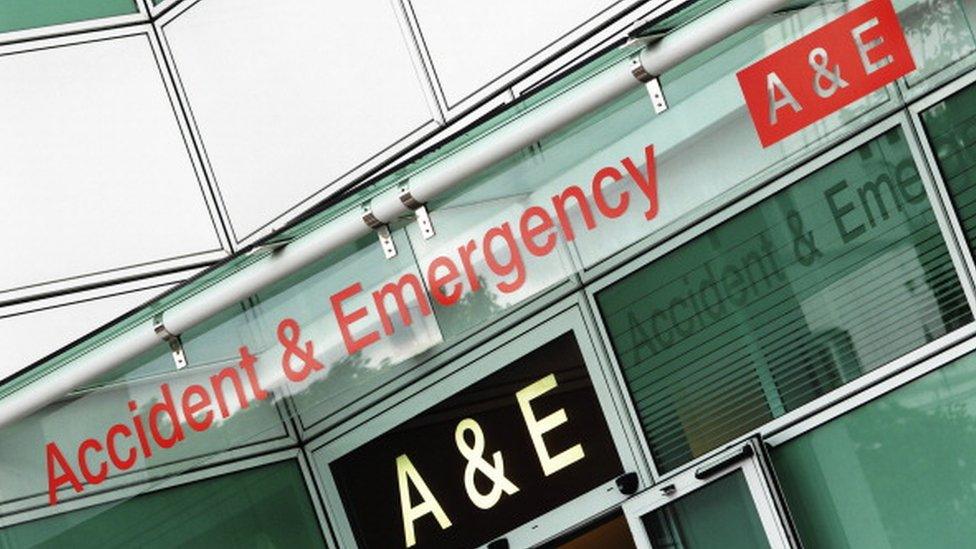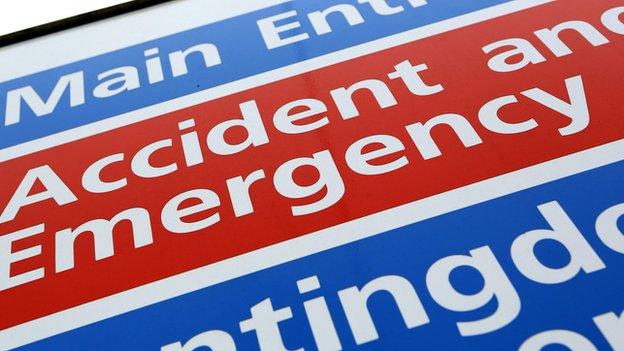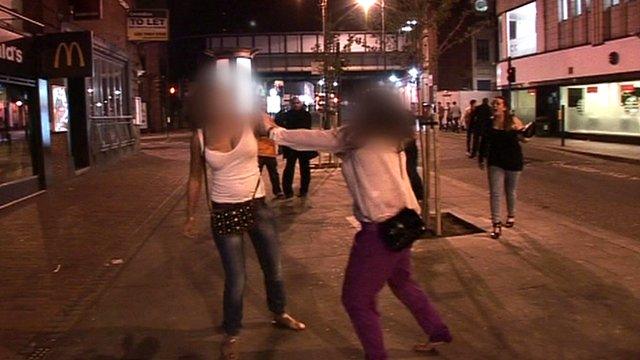Serious violence failing to fall in England and Wales
- Published

Serious violence has failed to fall over the past 12 months following a seven-year run of declining figures, a Cardiff University study has shown.
The Violence Research Group, external analysed data from 91 emergency units across Wales and England.
A total of 210,213 people needed hospital treatment after violent incidents last year, up 1,299 on the previous year.
One expert said the "long, steady decline" in violence may have ended.
There was significant change among the over-50s, with an 8% rise in violence against that age group.
Prof Jonathan Shepherd, the group's director, said: "After successive annual falls in overall levels of violence in England and Wales, this is the first time since 2008 violence in England and Wales serious enough to result in hospital treatment shows no real change.
"This finding is also consistent with the latest report from the Crime Survey for England and Wales, which also found that rates of violent incidents were no different in the year ending September 2015, compared with the previous 12 months.
"It is possible that the long, steady decline in violence in England and Wales has come to an end."

Men and boys were two-and-a-half times more likely than women and girls to receive treatment after suffering violence.
The most at-risk category was men aged 18-30, who were most likely to be treated on a Saturday or Sunday in May, August or December.
Prof Shepherd said cuts in funding for CCTV monitoring and crime analysis could be one reason why overall violence appeared to have levelled.
"Public health practitioners and policy makers responsible for tackling community violence in England and Wales need to take note and consider refreshing current violence prevention initiatives, especially if trends in 2016 are similar," he added.
- Published22 April 2015

- Published23 April 2014
